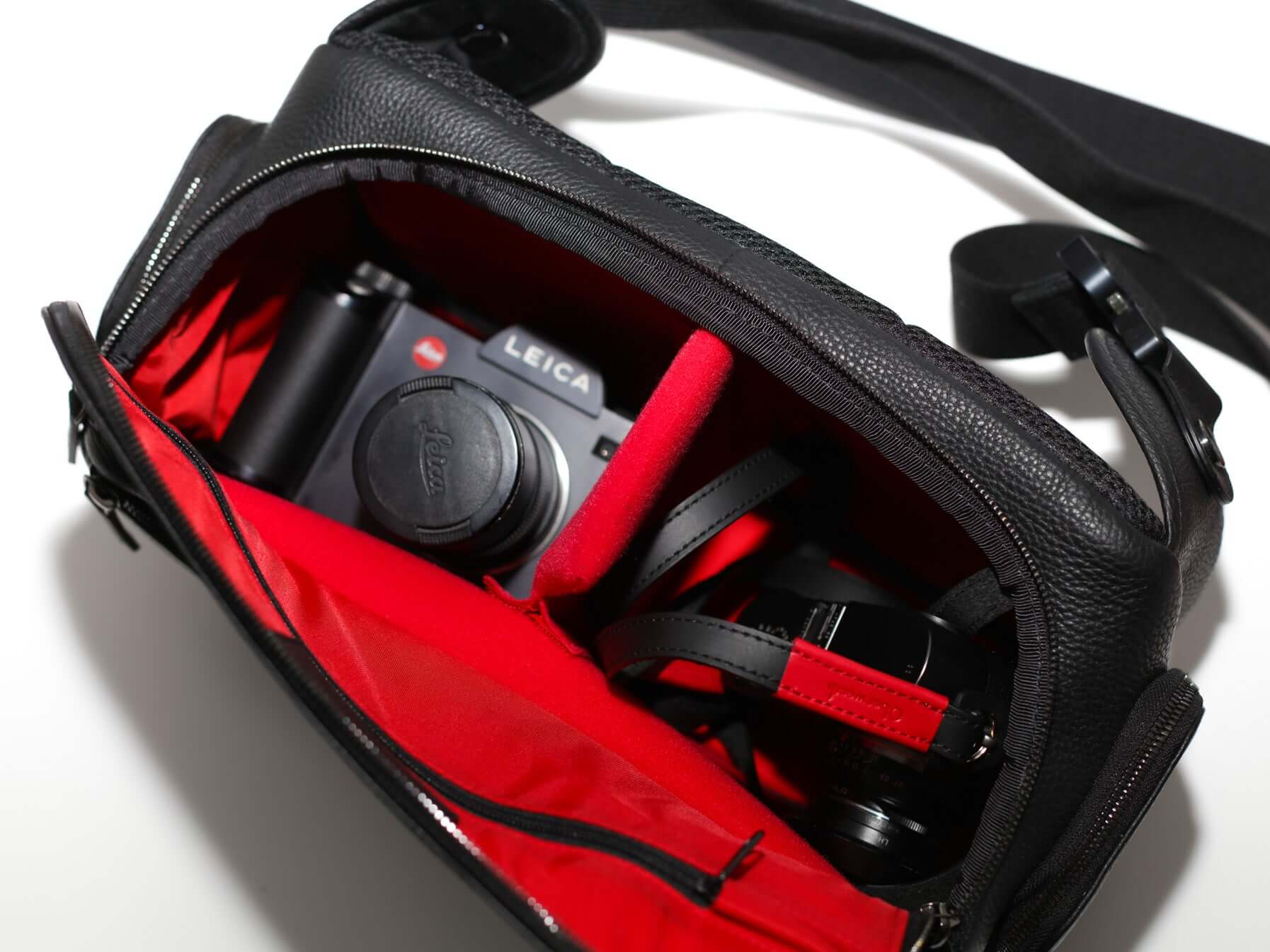
How to maintain your photographic equipment for long-term use
Regular care of photographic equipment extends the life of the camera, lenses and accessories. It also ensures flawless photographs. Professional photographers recommend cleaning camera bodies and lenses after every use. In addition, more intensive maintenance is recommended at regular intervals. Find out more about the perfect maintenance of photographic equipment in this article.
Long-term camera care starts with correct handling and storage
Correct handling of the camera can already reduce the amount of maintenance required and extend its service life. If you are changing lenses outdoors, for example, you should always make sure to hold the camera body with the lens facing downwards. Ideally, you should stand with your back to the wind and bend your upper body over the camera to protect it. This will largely prevent dust, pollen and dirt from entering the open housing. You can protect the lens from dirt if you only remove the cap from the lens briefly to take a picture. The longer you carry the camera without the lens cap, the more dirt will get onto the lens.
Direct sunlight can also damage the camera. You should therefore not simply leave the camera in the sun when you are not using it for a short time. It is better to pack it in the camera bag or place a cloth over the camera. A UV filter in front of the lens is also a safe protection against UV rays when taking photos.
On the beach, you should put the camera back in the camera bag as soon as you take it out of your hand. Sand and splashes of water, especially salt water, can quickly cause damage. Excessive heat in a parked car can also cause damage to the electronic components.
You can also find the right camera bag for your equipment and everything you need to protect your camera in our Oberwerth Shop. From classic camera bags to modern sling bags up to noble photo weekenders and backpacks. Of course you will also find hand straps and shoulder straps. Finest craftsmanship made from the best materials. Take a look around and find the bags & accessories that best suit you and your equipment!
Also pay attention to temperature differences. Humid air outdoors and large differences between indoor and outdoor temperatures cause condensation and thus the penetration of moisture into the camera. This can damage the electronic components in particular. The problem is particularly acute on hot summer days when you bring the camera outside from a cool indoor room, and on cool winter days when the camera quickly moves from the cold into heated rooms. Try to create a temperature transition by temporarily storing the camera in a moderately air-conditioned room. Humidity is an important aspect of long-term camera care, as fungal spores can form and damage the camera and lenses.
Optimal storage: another criterion for long-term camera care
If you are not using your photographic equipment for a longer period of time, you should not store it in the photo bag, but take it out and use a dry, dust-protected place in the home. Rooms with a high humidity of 60 percent or more are not suitable, as the so-called glass fungus or lens fungus finds ideal living conditions in this climate. This mold can settle in the entire camera equipment and destroy it completely.
The opinions of professional photographers differ when it comes to airtight or well-ventilated storage. Some store all parts of the equipment together with small silica gel bags in airtight boxes. This offers reliable protection against dust. However, if there is already moisture in parts of the equipment, the airtight packaging can promote the formation of fungus. This is why other experts prefer to store them in a ventilated place. If you look at the packaging of lenses when they are delivered by the manufacturer, you will see that they are in open plastic bags. This is a good argument in favor of ventilation. A conventional cabinet protects the camera and lenses from dust and allows air to enter. It is therefore generally regarded as the ideal storage place if you are not using your photographic equipment for a longer period of time.
Maintenance of camera equipment - regular cleaning
Surface cleaning is advisable after every use of the camera. Dust and dirt can be gently removed from the surfaces of the camera body and lens by first blowing away loose dust with a blower and then wiping with a soft microfiber cloth. A small brush with bellows is particularly suitable for removing dust or grains of sand from the lens, viewfinder and display. After removing coarse dirt, you can also use the microfiber cloth to polish away any fingerprints. A protective film provides long-lasting screen protection.
If you use the camera in an environment that causes heavy soiling, a cotton bud is helpful to remove sand and dust from under the adjustment dials and in tight corners of the housing.
Tips for camera maintenance
In addition to brief cleaning after each use of the camera, regular and thorough maintenance of the camera equipment ensures a long service life. This also includes taking care of the inner workings, i.e. the sensor and the mirror. Stains on the sensor not only damage it, but also impair your photographs.
For thorough cleaning, remove the lens from the housing and clean the threads of the housing and lenses with a brush. To clean the glass surfaces around the lenses, viewfinder and display, use a special lens cleaning fluid or lens cleaning cloths from specialist retailers. Glass and household cleaners can cause damage. You should only carefully remove dirt from the mirror and sensor with a blower, without touching them. When doing so, hold the lens opening downwards so that loosened dirt particles fall out. If you prefer to leave the maintenance of your camera equipment or an occasional thorough cleaning to the professionals, you can use the service of the manufacturer or a specialist company. Professional cleaning at regular intervals contributes significantly to the long-term maintenance of photographic equipment.
The maintenance of photographic equipment also includes the cleaning of all other accessories such as flash units, tripods and filter attachments. Just like the lenses themselves, you should first clean the filter attachments with a blower brush before rubbing them with the lens cleaner. Dirt can also adhere to the inside of the lens caps. You should therefore also blow these off with the bellows and then wipe them with a damp microfiber cloth.
Cotton buds or the careful use of a lens cleaning cloth can be used to clean the contacts on the back of the lenses. The tripod is less sensitive, so it can be cleaned with a damp microfiber cloth. A brush or cotton bud can be helpful in the area of the camera connection. The same applies to the external flash unit.
Maintenance of camera equipment - including the photo bag
Photo bags often collect an extraordinary amount of dirt. To prevent this from damaging the surfaces and sensitive parts of the photographic equipment, you should also remove crumbs, sand and dirt from the photo bag at the end of each maintenance of the photographic equipment. Small handheld vacuum cleaners or the upholstery nozzle of a large vacuum cleaner are helpful here.

